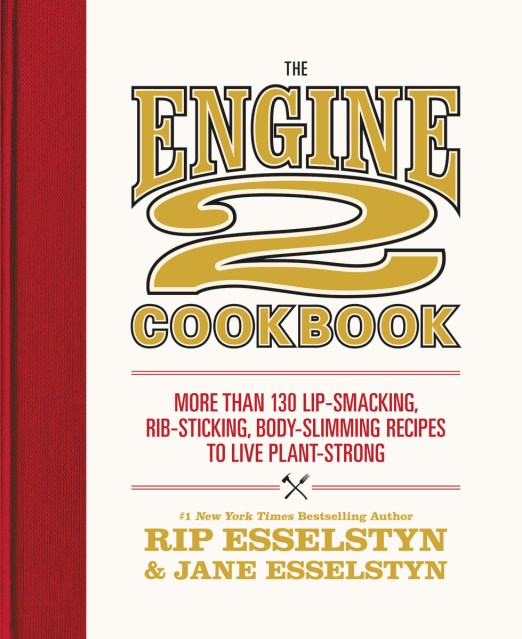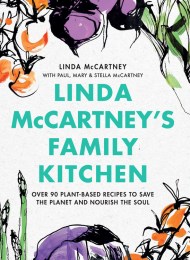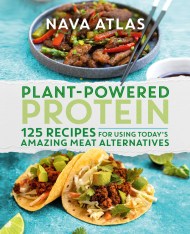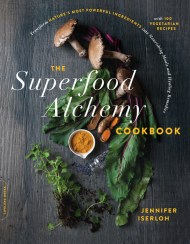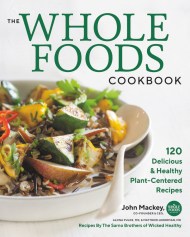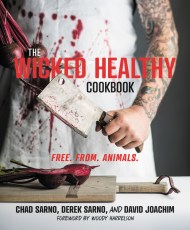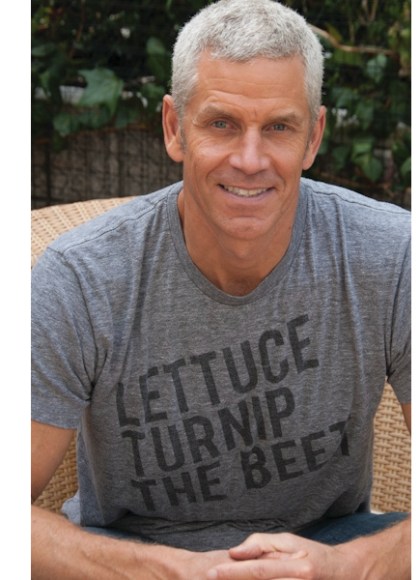Promotion
Use code MOM24 for 20% off site wide + free shipping over $45
The Engine 2 Cookbook
More than 130 Lip-Smacking, Rib-Sticking, Body-Slimming Recipes to Live Plant-Strong
Contributors
Formats and Prices
Price
$12.99Price
$16.99 CADFormat
Format:
- ebook $12.99 $16.99 CAD
- Trade Paperback $18.99 $23.99 CAD
This item is a preorder. Your payment method will be charged immediately, and the product is expected to ship on or around December 26, 2017. This date is subject to change due to shipping delays beyond our control.
Also available from:
The Engine 2 Diet has sold hundreds of thousands of copies and inspired a plant-based food revolution. Featuring endorsements from top medical experts and a food line in Whole Foods Market, Engine 2 is the most trusted name in plant-based eating. Now, readers can bring the Engine 2 program into their kitchens with this cookbook companion to the original diet program. Engine 2 started in a firehouse in Texas, and if Texas firefighters love to eat this food, readers nationwide will eat it up, too! The Engine 2 Cookbook packs the life-saving promise of the Engine 2 program into more than 130 mouth-watering, crowd-pleasing recipes, including:
- Mac-N-Cash
- Two-Handed Sloppy Joes
- Terrific Teriyaki Tofu Bowl
- Badass Banana Bread
Genre:
- On Sale
- Dec 26, 2017
- Page Count
- 288 pages
- Publisher
- Grand Central Life & Style
- ISBN-13
- 9781455591190
Newsletter Signup
By clicking ‘Sign Up,’ I acknowledge that I have read and agree to Hachette Book Group’s Privacy Policy and Terms of Use
